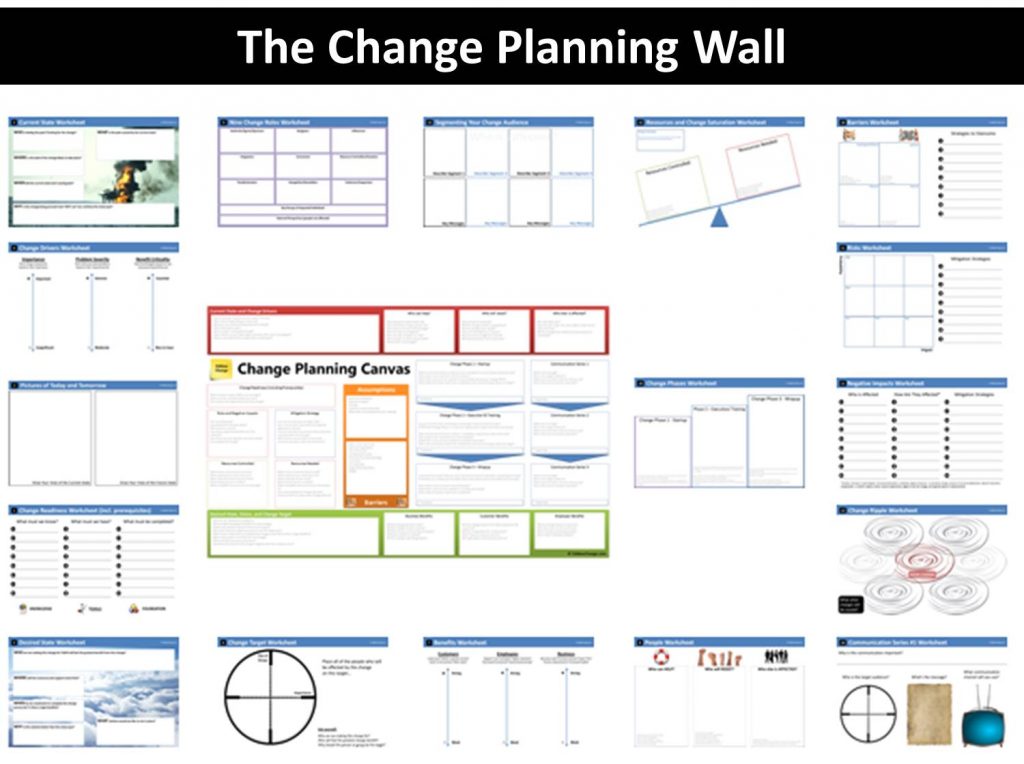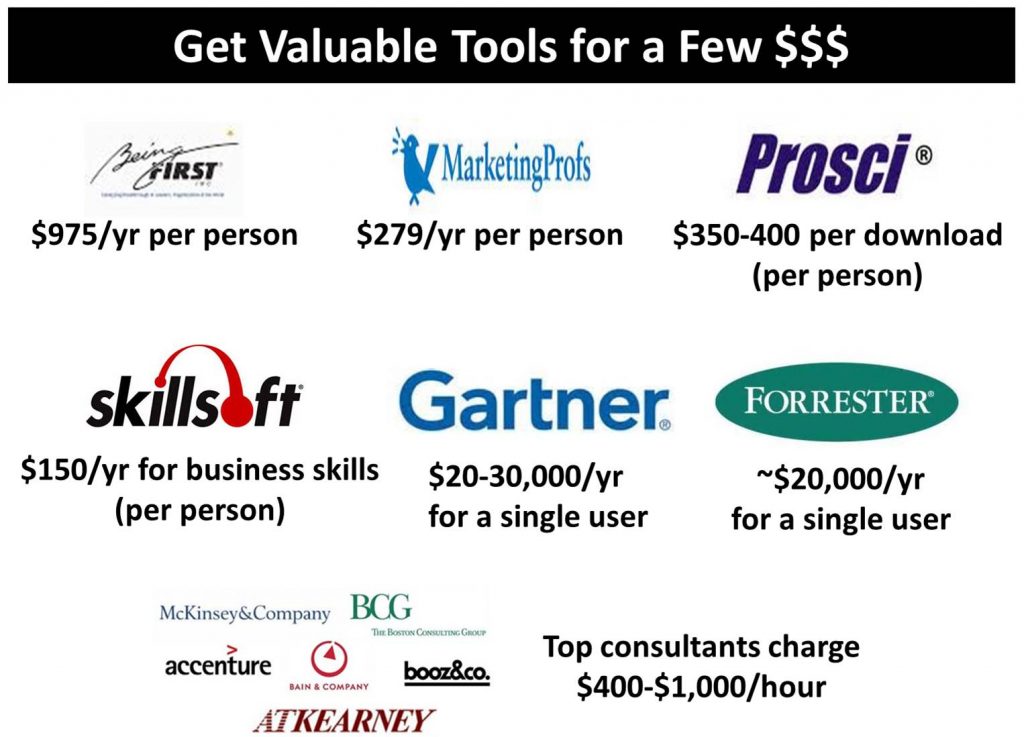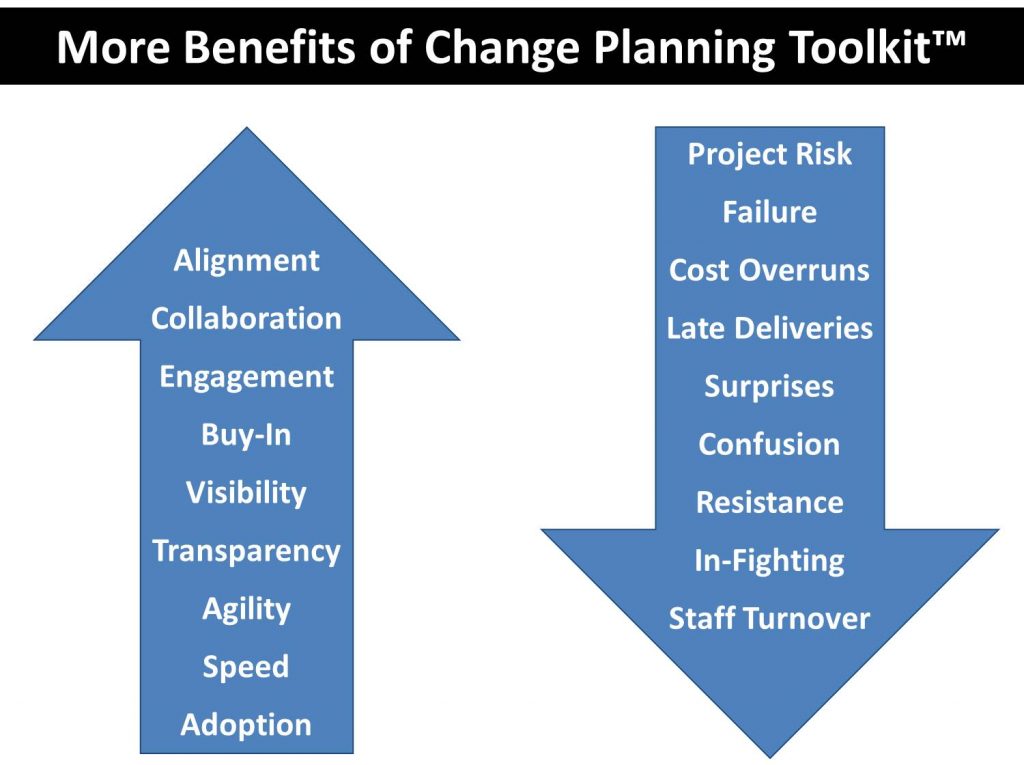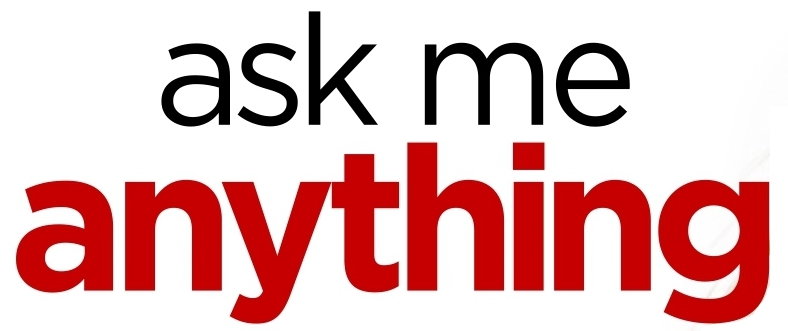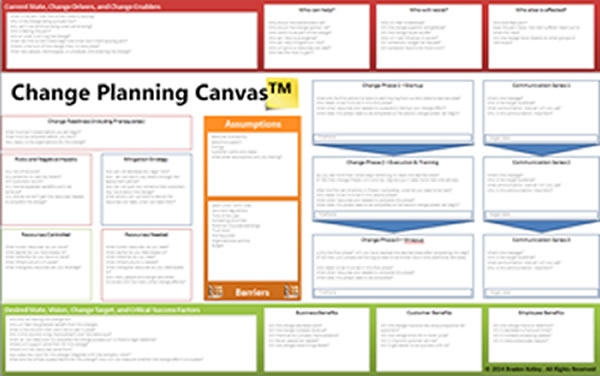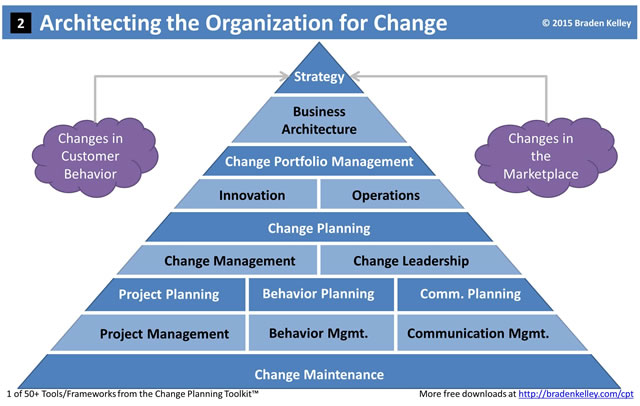
GUEST POST from Greg Satell
When the Soviets launched Sputnik, the first space satellite, into orbit in 1957, it was a wake-up call for America. Over the next year, President Eisenhower would sign the National Defense Education Act to spur science education, increase funding for research and establish NASA and DARPA to spur innovation.
A few years ago, a report by the Council on Foreign Relations (CFR) argued that we are at a similar point today, but with China. While we have been steadily decreasing federal investment in R&D over the past few decades, our Asian rival has been ramping up and now threatens our leadership in key technologies such as AI, genomics and quantum information technology.
Clearly, we need to increase our commitment to science and innovation and that means increasing financial investment. However, what the report makes clear is that money alone won’t solve the problem. We are, in several important ways, actually undermining our ability to innovate, now and in the future. We need to renew our culture of innovation in America.
Educating And Attracting Talent
The foundation of an innovation economy is education, especially in STEM subjects. Historically, America has been the world’s best educated workforce, but more recently we’ve fallen to fifth among OECD countries for post-secondary education. That’s alarming and something we will certainly need to reverse if we are to compete effectively.
Our educational descent can be attributed to three major causes. First, the rest of the world has become more educated, so the competition has become stiffer. Second, is financing. Tuition has nearly tripled in the last decade and student debt has become so onerous that it now takes about 20 years to pay off four years for college. Third, we need to work harder to attract talented people to the United States.
The CFR report recommends developing a “21st century National Defense Education Act” to create scholarships in STEM areas and making it easier for foreign students to get Green Cards when they graduate from our universities. It also points out that we need to work harder to attract foreign talent, especially in high impact areas like AI, genomics and quantum computing.
Unfortunately, we seem to be going the other way. The number of international students to American universities is declining. Policies like the muslim ban and concerns about gun violence are deterring scientific talent coming here. The denial rate for those on H1-B visas has increased from 4% in 2016 to 18% in the first quarter of 2019.
Throughout our history, it has been our openness to new people and new ideas that has made America exceptional. It’s a legitimate question whether that’s still true.
Building Technology Ecosystems
In the 1980s, the US semiconductor industry was on the ropes. Due to increased competition from low-cost Japanese manufacturers, American market share in the DRAM market fell from 70% to 20%. The situation not only had a significant economic impact, there were also important national security implications.
The federal government responded with two initiatives, the Semiconductor Research Corporation and SEMATECH, both of which were nonprofit consortiums that involved government, academia and industry. By the 1990s. American semiconductor manufacturers were thriving again.
Today, we have similar challenges with rare earth elements, battery technology and many manufacturing areas. The Obama administration responded by building similar consortiums to those that were established for semiconductors: The Critical Materials Institute for rare earth elements, JCESR for advanced batteries and the 14 separate Manufacturing Institutes.
Yet here again, we seem to be backsliding. The current administration has sought to slash funding for the Manufacturing Extension Partnership that supports small and medium sized producers. An addendum to the CFR report also points out that the administration has pushed for a 30% cut in funding for the national labs, which support much of the advanced science critical to driving American technology forward.
Supporting International Trade and Alliances
Another historical strength of the US economy has been our open approach to trade. The CFR report points out that our role as a “central node in a global network of research and development,” gave us numerous advantages, such as access to foreign talent at R&D centers overseas, investment into US industry and cooperative responses to global challenges.
However, the report warns that “the Trump administration’s indiscriminate use of tariffs against China, as well as partners and allies, will harm U.S. innovative capabilities.” It also faults the Trump administration for pulling out of the Trans-Pacific Partnership trade agreement, which would have bolstered our relationship with Asian partners and increased our leverage over China.
The tariffs undermine American industry in two ways. First, because many of the tariffs are on intermediate goods which US firms use to make products for export, we’re undermining our own competitive position, especially in manufacturing. Second, because trade partners such as Canada and the EU have retaliated against our tariffs, our position is weakened further.
Clearly, we compete in an ecosystem driven world in which power does not come from the top, but emanates from the center. Traditionally, America has positioned itself at the center of ecosystems by constantly connecting out. Now that process seems to have reversed itself and we are extremely vulnerable to others, such as China, filling the void.
We Need to Stop Killing Innovation in America
The CFR report, whose task force included such luminaries as Admiral William McRaven, former Google CEO Eric Schmidt and economist Laura Tyson, should set alarm bells ringing. Although the report was focused on national security issues, it pertains to general competitiveness just as well and the picture it paints is fairly bleak.
After World War II, America stood almost alone in the world in terms of production capacity. Through smart policy, we were able to transform that initial advantage into long-term technological superiority. Today, however we have stiff competition in areas ranging from AI to synthetic biology to quantum systems.
At the same time, we seem to be doing everything we can to kill innovation in America. Instead of working to educate and attract the world’s best talent, we’re making it harder for Americans to attain higher education and for top foreign talent to come and work here. Instead of ramping up our science and technology programs, presidential budgets regular recommend cutting them. Instead of pulling our allies closer, we are pushing them away.
To be clear, America is still at the forefront of science and technology, vying for leadership in every conceivable area. However, as global competition heats up and we need to be redoubling our efforts, we seem to be doing just the opposite. The truth is that our prosperity is not a birthright to which we are entitled, but a legacy that must be lived up to.
— Article courtesy of the Digital Tonto blog
— Image credit: Pixabay
![]() Sign up here to join 17,000+ leaders getting Human-Centered Change & Innovation Weekly delivered to their inbox every week.
Sign up here to join 17,000+ leaders getting Human-Centered Change & Innovation Weekly delivered to their inbox every week.



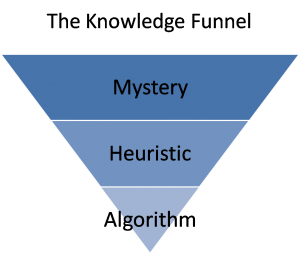 The knowledge funnel is a useful concept learned from Roger Martin in the Design of Business. The concept highlights how any new area creating information (and hopefully knowledge) starts very much as a mystery, but as our understanding of the topic area increases, we begin to identify heuristics and make sense of it. For me, this is where we begin to move from data and information to knowledge, and then as our knowledge increases we are able to codify this knowledge into algorithms.
The knowledge funnel is a useful concept learned from Roger Martin in the Design of Business. The concept highlights how any new area creating information (and hopefully knowledge) starts very much as a mystery, but as our understanding of the topic area increases, we begin to identify heuristics and make sense of it. For me, this is where we begin to move from data and information to knowledge, and then as our knowledge increases we are able to codify this knowledge into algorithms.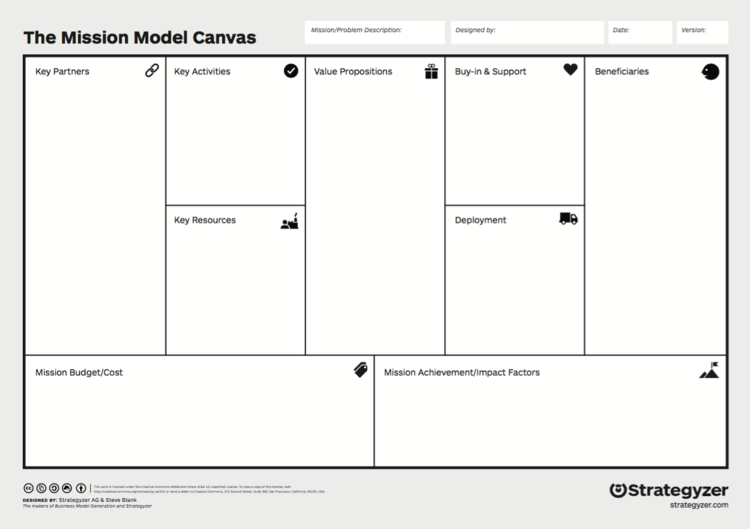
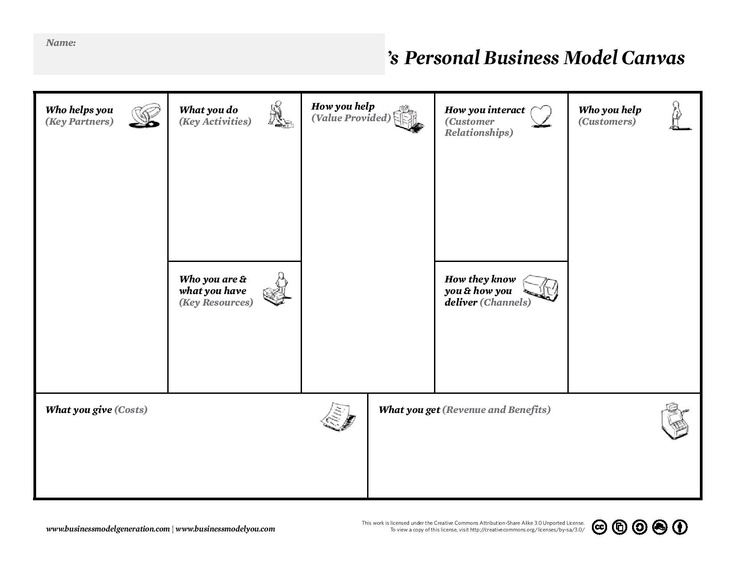
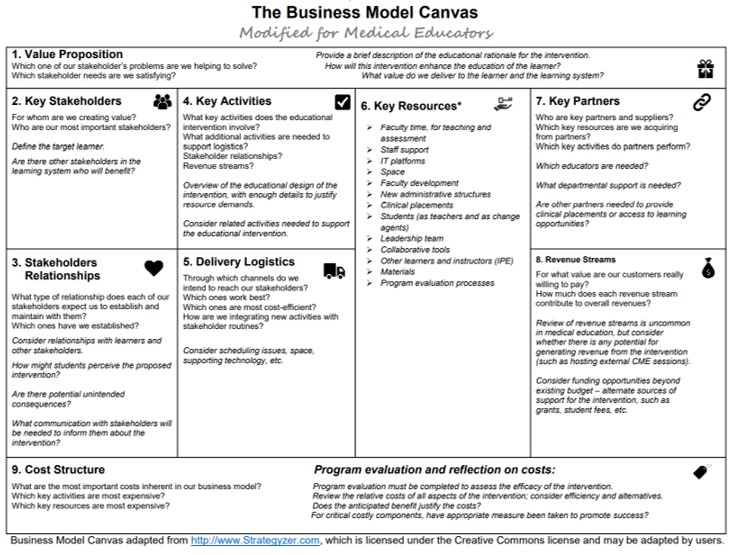

 According to multiple sources, including McKinsey, 70% of change efforts fail. The reason many change efforts fail is that they often lack a clear plan.
According to multiple sources, including McKinsey, 70% of change efforts fail. The reason many change efforts fail is that they often lack a clear plan.